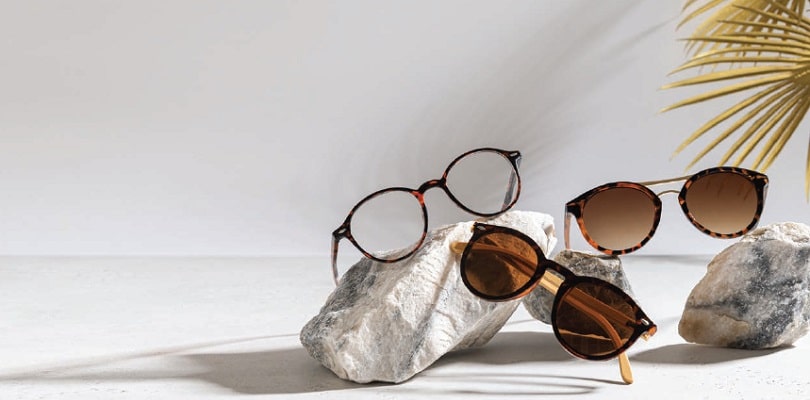Defining Luxury: Anatomy of Eyewear
Friday, April 28 2023 | 13 h 44 min | Optik Magazine
By Sarah Bureau, RO
Luxury is a word that is rapidly losing its significance as marketing geniuses around the world throw the descriptor at every product they want to convince us is quality.
When you hear the word ‘luxury’ in reference to the eyewear industry, what does it suggest to you? If you haven’t had the opportunity to handle truly luxurious independent eyewear, recognizable fashion brands may be what comes to mind. Unfortunately, the associated prestige of design and quality these names evoke does not necessarily translate to their eyewear portfolio. With the Italian empire Luxottica boasting the production of 80% of all eyewear manufacturing worldwide, it’s not a far stretch to imagine that it is unlikely a machine of that magnitude is producing the most impressive product. Likewise, not all frames stamped “Made in Italy” are what they seem. The line between ‘made’ and ‘assembled’ is blurry.
Understanding the anatomy of the eyewear you are recommending is a crucial and often overlooked aspect of Opticianry. We’ve all heard the phrase “for what I paid for these” from an unhappy client with broken or misshapen frames. Let’s take a deeper dive into their anatomy to understand what defines craftsmanship.
It all comes down to the materials that are being used. There are a wide variety of plastics and metals commonly used in eyewear production which can range from the economical nickel-based metals to high quality stainless steel and titanium; from petroleum-based nylon to bespoke acetate. Although each frame component plays its own role in the overall quality, we will concentrate on plastics here.
A Scientific Breakthrough
In 1865, French chemist Paul Schützenberger discovered that cellulose reacts with acetic anhydride to form cellulose acetate. This breakthrough led to another scientific discovery of soluble acetate by the German chemists Arthur Eichengrün and Theodore Becker. Although acetate is now produced in many countries around the world, the most commonly recognized producer with a strong reputation for quality is Mazzucchelli 1849 from Castiglione Olona, Italy. For six generations, this family has produced the highest quality acetate, focused on the tradition and craftsmanship of its founders. Mazzucchelli began in 1849, crafting combs and buttons from natural materials such as buffalo horn and bone before becoming a world-wide leader in the production of the gorgeous cellulose acetate materials that are widely used in the optical industry to this day. Mazzucchelli is a true example of “Made in Italy” products.
Aren’t They All Zyl?
While optical frames are made from both plastic and acetate, they are in fact very different compositions. Materials such as TR90, SPX, and O-Matter are made from cast moulded petroleum-based nylon pellets. This product is limited in choice for coloration and nearly impossible to adjust. While there are benefits such as their lightweight fit, the material is brittle compared to the renewable product acetate. Searching “Mazzucchelli 1849” on YouTube will produce a rabbit hole worthy visual dive into the full production process of cellulose acetate. Based on a recipe of natural cotton, tree materials and plasticizers, acetate artisans create unique colours and patterns, many of which are crafted specifically for independent eyewear collections around the world.
The process begins with the craftsman blending a selection of powdered disperse dyes and acetone by hand onto sheets of semi-transparent acetate sheets. They are then run through metal presses repeatedly until a uniform colour has been achieved and pressed into large box shaped moulds to be cured. Curing acetate is the process of drying and hardening the material into a solid state. It can then be cut into small chips or sheets for creating patterned or layered slabs and once again pressed into the moulds to continue curing.
Once complete, these blocks are cut into sheets of varying thicknesses, ready to be made into beautiful eyewear. A superior product comes down to the quality of the base materials used and length of the curing time. As with all things in life, excellence takes time and money. If an acetate producer does not allow the material to cure properly, the end result of the eyewear is a product which loses its shape easily. While Italian acetate tends to be a softer material made by a technique called block acetate casting, Japanese acetate is a more rigid and dense material made by extruding it through dies under high pressure.
Having a deeper understanding of the nuances of eyeglass manufacturing will elevate you in your practice of Opticianry and build the confidence of your clientele!
Check out Sarah’s January-February Optik article HERE!








